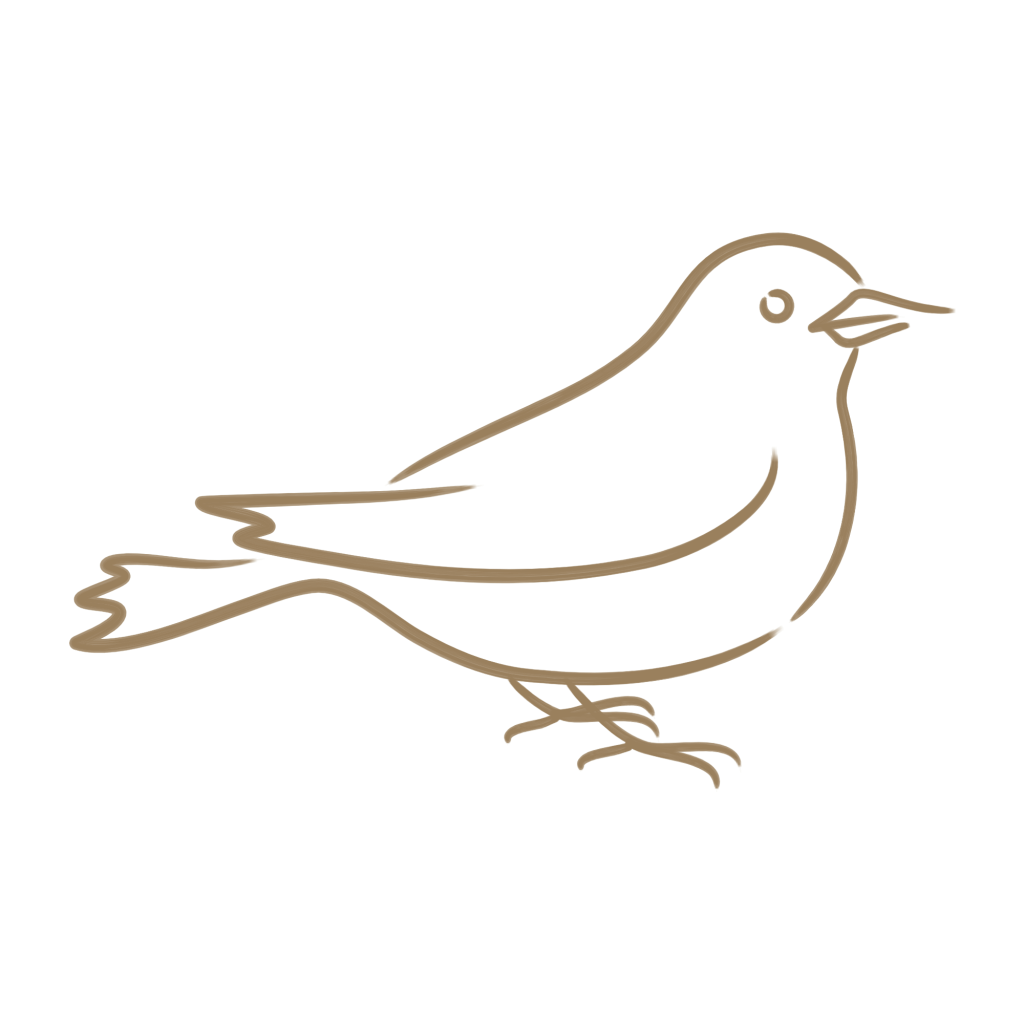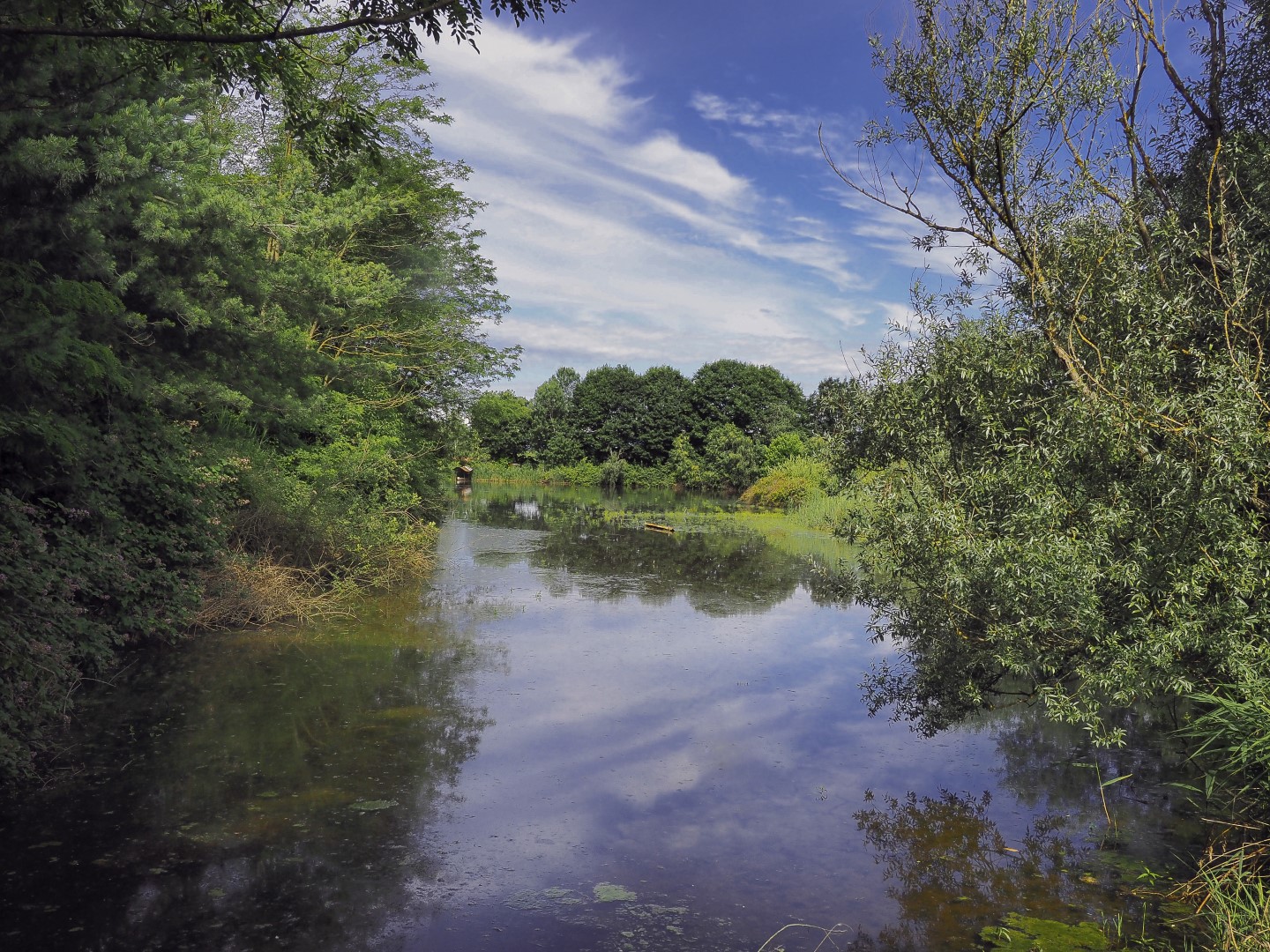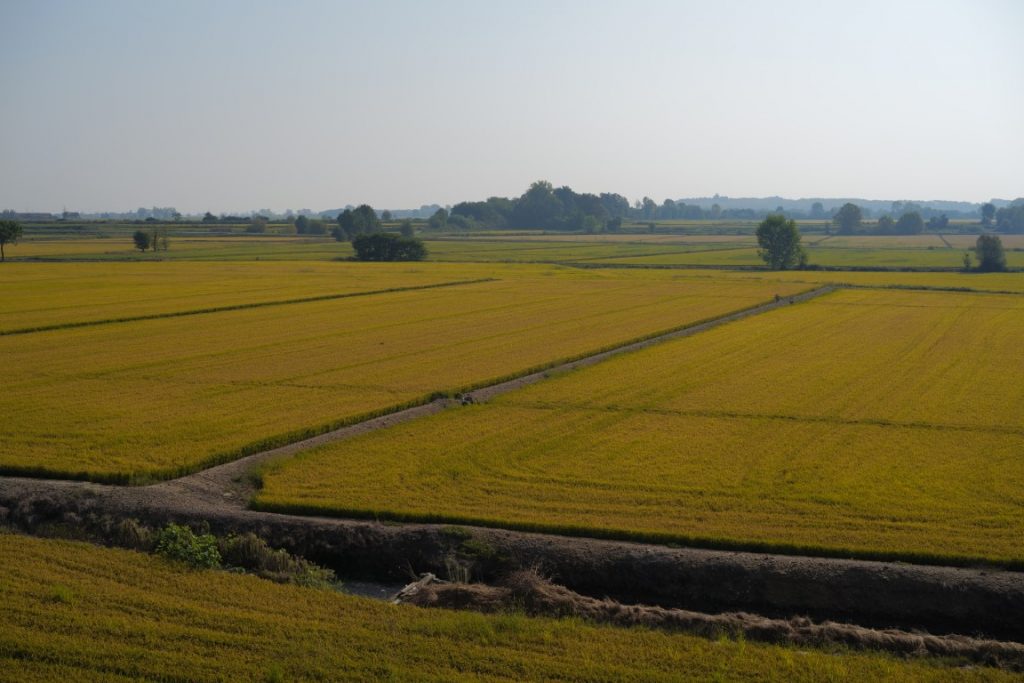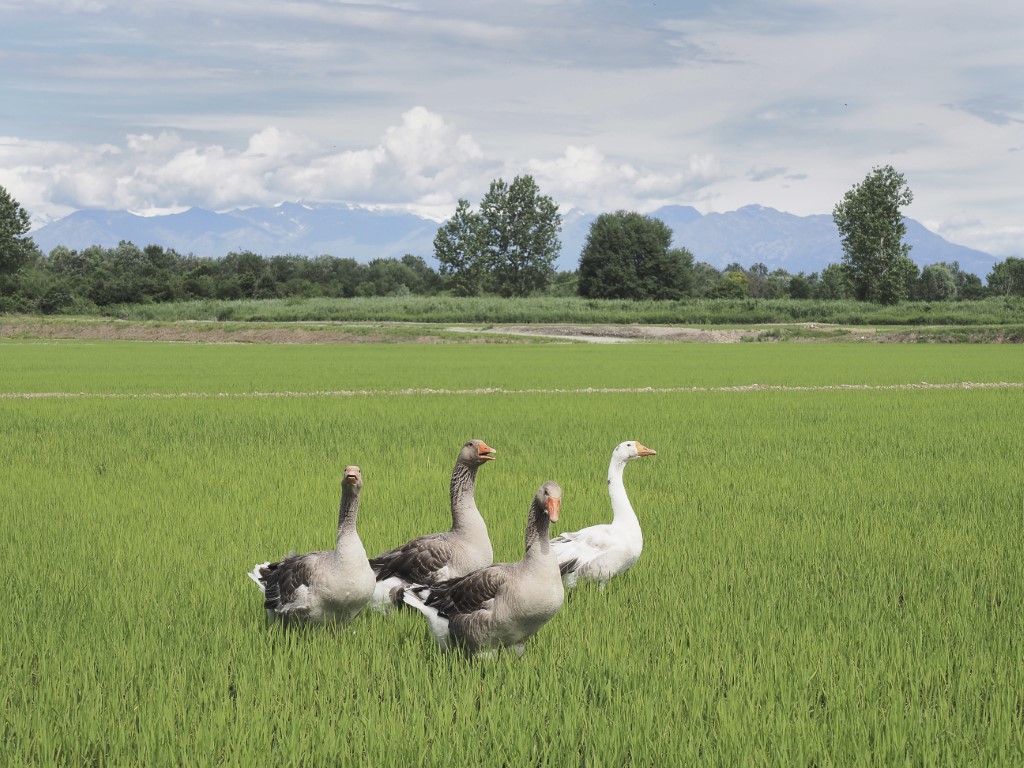The Project
Fino al 2019 il riso da noi prodotto è sempre stato venduto all’ingrosso, senza valorizzare il prodotto attraverso le successive lavorazioni con l’obbiettivo di raggiungere il cliente finale; nasce cosi la volontà di impegnarsi in questa nuova avventura attraverso la creazione del nuovo marchio ma soprattutto la creazione del valore aggiunto distribuito sull’intera filiera.
La Famiglia Schneider, attuale conduttrice dell’attività, ha sempre avuto una grande passione per la natura e ciò l’ha spinta a credere fortemente nei valori unici della nostra terra; è per questo motivo che siamo certi di aver intrapreso la scelta giusta decidendo di valorizzare l’intero progetto, anche attraverso la ristrutturazione del cascinale storico che ci rappresenta.

Sustainability
The orientation towards environmental sustainability makes us happy and proud to be able to contribute to a better future for the planet

Passion
Dedication to nature and attention to details are two key elements of the project
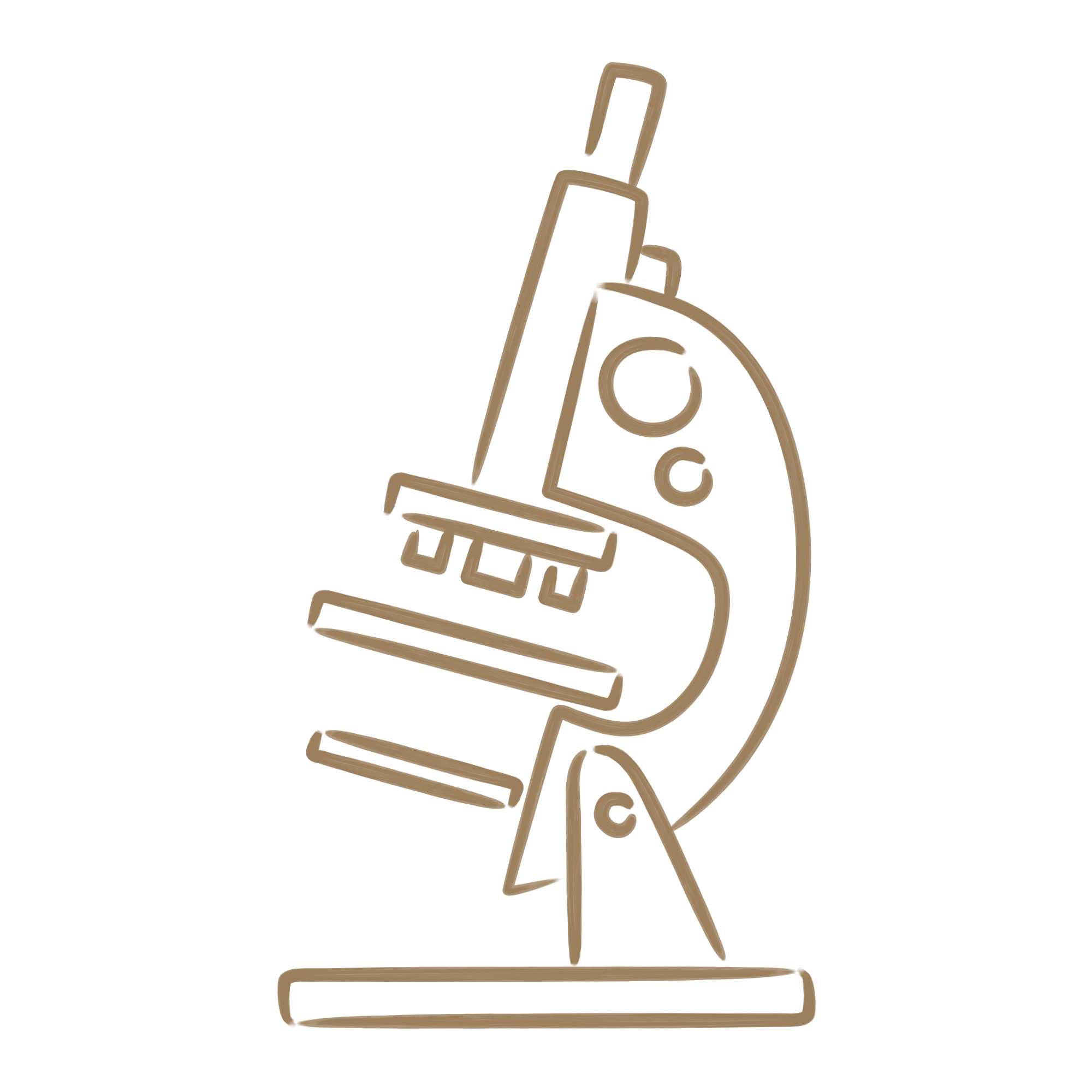
Research
Activation of a new laboratory dedicated to processing and the creation of new recipes


